The beautiful continent of Africa is home to a rich history and holds a lot of diverse cultures in all the countries it holds. Africa is the second-largest continent in the whole world, it is about more than three times bigger than the United States of America! This continent is home to 54 countries and more than 1 billion people as a population.
Unlike many other continents or countries with a rich culture that can be seen through architecture or many different crafts, Africa is known to have its rich history and culture seen in the people rather than in crafts and architecture. In fact, there are believed to be more than 3,000 African tribes in Africa, and more than 2,000 languages spoken. Africa’s treasure stretches out from the vast and beautiful landscapes, animals, people, culture, and traditions. A fun fact that you should know, it is scientifically proven that the first traces of humankind to ever live in this world are found in Africa. Yes! the roots of the human race are found in Africa.
These human remains were found in east Africa, in Ethiopia. These remains are said to be dated back to 200,000 years ago. The oldest human remains or the conventional type remains that were excavated in Africa is called the Australopithecus ramidus, these human races were said to exist and walk the earth about four (4) million years ago!
Whenever we hear the word Africa, many people will come up with one thought in mind, and the probability is that it would is about animals. Yes, animals. Africa is home to five (5) famous animals that have ever walked on Earth! Africa is the home of the world’s largest mammal—the African Elephant. The world’s fastest animal also lives here, Cheetah. It is also home to the world’s largest primate—the Gorilla, and home the world’s largest reptile, the Nile Crocodile. And lastly, home to the tallest mammal—the Giraffe.
Africa really holds a lot of notable contributions to the world, but many are still not familiar with their culture, because, of course, not everyone gets to experience Africa. But, what we have here is a list of some of Africa’s interesting cultures that you might want to know. So, if you are interested in African culture, then this article is all for you.
Interesting Facts About African Culture
African culture is really diverse because it is home to thousands of different tribes, meaning every country has its own culture and every other tribe has its own traditions. The following list is facts that you should know about African culture altogether.
#1. The Amazing Beadworks
Beads are small crafts used to decorate or create artwork. Most of the time beads are small circular in shape and about the size of a watermelon seed, or as small as a seed. It comes and various colors and shapes and it is used in a lot of artworks and crafts. Africa is the continent that first embodies the use of beads. Early African ancestors made beads through bones, shells, seeds, and sometimes glass beads.
Beadworks have much deep meaning in African culture. It embodies many different celebrations or occasions. For example, the waist beads, which are worn by women in tribes, means the celebration of womanhood, sexuality, fertility, first menstruation, and many more that is related to what women go through with their life. Not only these beadworks are shown to give importance to the culture, but beadworks also serve as a livelihood to many Africans, especially to those tribes who really thrive in doing beadwork. They get their income from salesmen who buy their products. This kind of thing is really beautiful as it helps the African community to do more with their loved and treasured artwork.
Example of cultural beadwork:
- Lighabi (Girl’s apron) – As mentioned some beadworks are not just for decorations but it could be an ornament that has a deeper meaning, lighabi is one example of this. This is worn to depict the stages of the African woman’s life. At every stage from infanthood to toddler, to teenager, to adult, the apron will change as if it were really depicting the stages in a woman’s life.
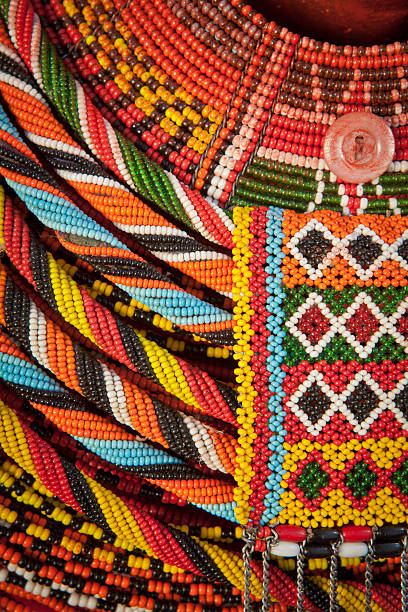
#2. Traditional African Food
Food is a very cultural and traditional heritage in Africa, particularly in South Africa. The food culture is said to be used to communicate to a person with high power, mourn tragedies or deaths, and celebrate. Food can be a classification of one’s country. For example, in Japan, sushi is a known food, in the United States, it’s either burgers or fast foods, the point is there are distinguished dishes for each country and continent.
Here in Africa food is not just the trademark of the continent, but with a deeper sense within, it embodies a cultural aspect. It is part of their culture that food is very valuable and should not be wasted, for it has purposes.
Here are some of the popular traditional African food:
- Bunny chow – A dish you must try over when you get to the southern region of Africa, it is a notable dish from the Africans that dates back to the 1940s. It is extremely popular, especially in the part of Africa where it came from – Durban. So what is it? Well, it is street food, basically, it was discovered cause the Indian immigrants who came to Africa brought lunch, their lunch included Packing curries in a hollowed-out loaf of white bread with or usually served with salad on its side. I know most of you probably thought it was some type of bunny but that may have come from the word Bania, which is the term they used to call or describe the Indians that sold this dish in Durban at the time.
- Nyama Choma – We’ve already visited the famous dish of South Africa, what about from the east? Well, here it is the Nyama Choma. Basically, it contains grilled or typically roasted meat most commonly goat’s meat and they marinate it with garlic, onion, virgin olive oil, lemons, dry white wine, oregano, and of course there’s a mix from shop to shop but that should usually go as the default go-to for its marination. Usually, this food is served in restaurants but is also served at family/social gatherings and weddings. It is a cultural tradition food where-in its name meant “roasted meat”. Though their method creates the whole Nyama Choma energy of the food, even though it is most commonly cooked with Goat meat, they do sometimes serve them with other meats such as chicken, fish, or other imaginable meat.
- Bobotie – Another entry from South Africa, most commonly known as South African Casserole it is another classic traditional dish from Africa, it is made with spiced and flavored meat and is created to be baked with an egg-based topping, actually this is another dish from the Indonesian but this time with the Malay immigrants, it has an amazing flavor due to the mixture of different flavorful recipes such as the turmeric, curry powder. The meat is baked with the egg mixed topping until it is golden and other food served along with bobotie may include chutney, bananas, and coconuts. A lot of people from Africa serve this food as a type of comfort food and may very well be often seen on both a normal day or occasion. The taste of it is quite unique with it being really sweet and at the same time savory.
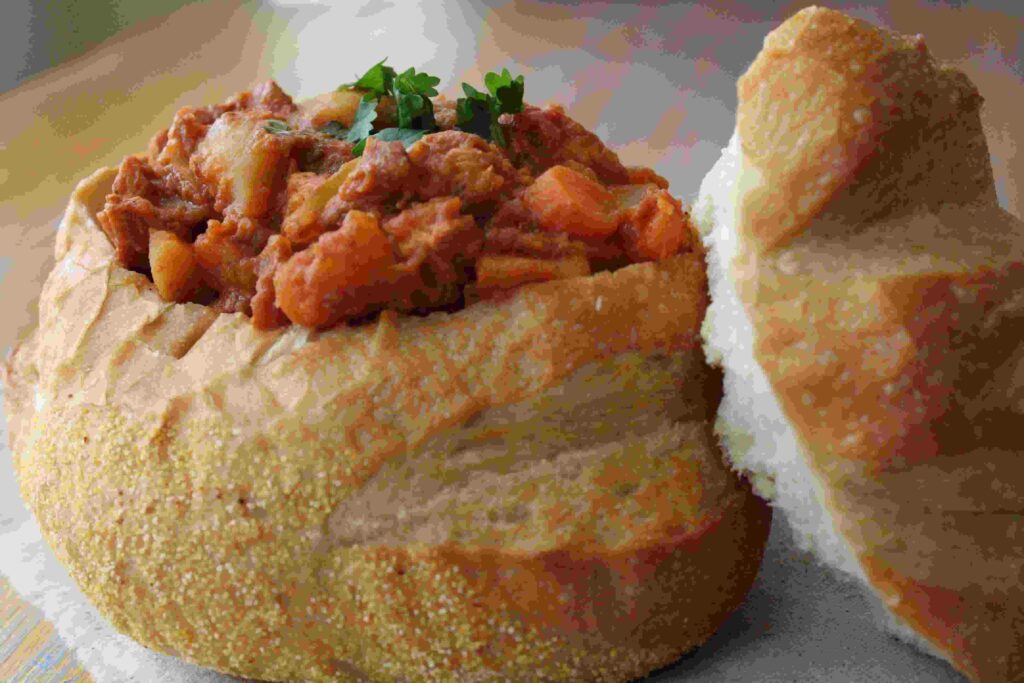
#3. Their Dances
African dance is an intricate art in the culture of Africa. It has a deeper context as well as some cultural dances in different continents and countries. Together with the music and the rhythmical body movements, each dance embued in Africa’s culture has its own meaning. And, once again, many of the dances differ from one tribe to another or one country to another. Each and every one of these dances is diverse and has interpretations in its own ways.
Each traditional or cultural dance performed in Africa has its own significant meaning. As mentioned above, every dance is diverse and one thing you should be careful of if ever you are going to go to Africa is that you should learn to distinguish the dance that is being performed in order to understand it deeper. There are three main dances that are being danced in the continent: ritual, social recreation, and celebration or celebratory dances.
Some of the dances in Africa:
- Lamban dance – a storyteller dance, this dance is believed to have the spirits summoned and help the storyteller to dance more expressively to tell the story more perfectly.
- Adumu dance – this is a kind of hop dance, wherein it embodies the warriors and is mostly performed by young men or warriors.
- Agbadza dance – a ceremonial or festive dance.
- Indlamu dance – also a warrior dance.
- Moribayasa dance – victory or celebratory dance.
#4. Way of Respect
Unlike in some other countries where respect is shown towards physically done gestures, in Africa, you can guarantee a one-of-a-kind respect culture. Usually, many people show respect to elders. Older people are usually the center point of the word respect in a country and they are the ones who embody it in a culture. Since Africa is a very cultural continent, each country has its own culture because all are diverse, but respect for culture is one of the main imprints in African culture.
Elder people in Africa are seen as deities or gods, whose commandments are needed to be followed. They are the ones who have the most knowledge since they have lived longer and they are the ones who will pass down knowledge and legacies that’s why they must be obeyed and followed. These kinds of respectful cultures are very much practiced in some parts of the world, but in Africa, it is definitely considered much more complex.
Here are the important roles of the elders in Africa:
- helping to unite society
- helping to preserve the cultural norms and values passed down from generation to generation starting thousands of years ago
- they are helping to import and impart knowledge and skills, especially to the youth
- with their role to integrate the society, they are also helping to settle conflicts or disputes and educate the youth

You May Also Like These
#5. African Sculptures
The sculpture culture in Africa may look like it is done to have more artifacts to be preserved for the future or to have Africa known as a country that is rich in cultural arts. All of these are common misunderstandings.
Unbeknownst to some, sculptures are very important to Africa because it is in their culture that with the help of these sculptures, they can ward off natural calamities/disasters, diseases, and other bad things to happen. Africans believe that misfortune can happen anytime and that they will be more protected if there is a sculpture for that specific aspect.
Sculptures are made of:
- Ivory
- Stone
- Copper
- Clay
- Pottery
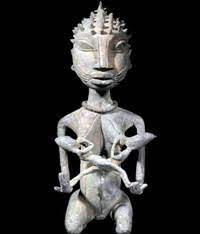
#6. Their Religion
Africa has rich traditional and cultural beliefs, and even in their religion, they embody this practice. Africans tends to combine their traditional belief into the two majority religion in the continent—Islam and Catholicism. But before even Islam and Catholicism came to Africa, they have this religion called the Indigenous African religion. This religion is Africa’s very own, it is the embodiment of the nature of one’s spiritual and everyday life among Africans.
Religion is defined as a separate culture among many other countries, but with Africans, religion is taken as a practice that should not be separated from their own culture. Religion embodies everything in traditional African society. this includes politics, art, health, clothing, marriage, economics, and death.
Some of the ethnic/traditional religions in Africa:
- Bantu
- Dogon
- Akan
- Yoruba
- Vodun
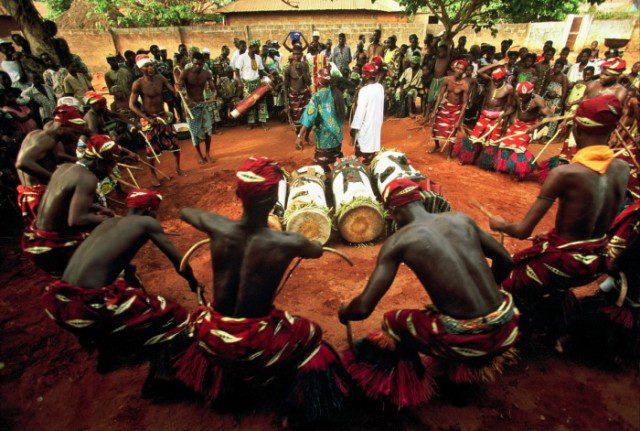
#7. African Music
Music is an integral part of African life and culture. It is part of some events such as spiritual occasions, religious occasions, gatherings, ceremonies, and festivals. Also, in Africa, it is part of their culture to distinguish that music is part of a person’s life. Life in a way of birth, coming of age, achievements in life, marriage, and in death, in short, in the whole run of the life of that person, music will always be a part of it. Also, Africans believe that music has a way of making something come true or come in order, for example, they are sometimes using music to cure the sick, pray for a good harvest, sing to bring rain, and for other religious occasions.
Music is within African life and just like their traditional religions, it permeates through their life. These music are mostly traditional and passed down from generation to generation or something that originates from a Native tribe and then passed down or becomes known. Music has always made its way to create one country’s or continent’s identity and sometimes emerged with them as a culture. Well, in Africa’s case, it sure does.
Some of the traditional African music genres:
- Juju
- Majika
- Highlife
- Afrobeat
- Fuji
- Zilin
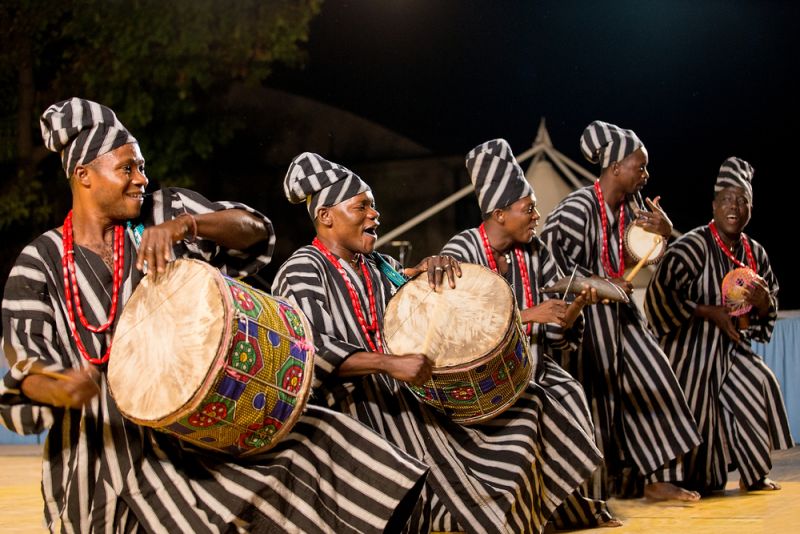
#8. Mummification of the Dead
Mummification first started in Africa. Yes, it started in the continent and you might have guessed which country first practiced it; the country where the Pharaohs lived—Egypt. Mummification is the process of preserving a dead body in order for it to not decay. It is a very ancient method that is believed to be discovered in Southern Egypt. The whole process of mummification takes up to 70 days.
Why does the Egyptians mummify the bodies of the deceased? In their culture, it is believed that the physical body is the home of the spirit and soul of the person, so in order for the soul and spirit to not be lost, the body must be maintained and not decay or destroyed. This whole process is believed to make the deceased travel to the spiritual afterlife without being lost.
Process of mummification:
When the person dies, here is what the ancient Egyptians do in order to prepare the body for the afterlife:
- Removing the brain
- Removing all internal organs
- Let the organs dry
- Place the dried organs in canopic jars or ancient Egyptian jars
- Place the heart back inside the body
- Rinse the insides of the body with wine and spices
- Cover the corpse with salt for 70 days
- After the first 40 days, stuff the body with sand or linen/clothing, to make the body maintain its previous form
- After the 70-day mark, wrap the whole body from head to toe with bandages
- Then lastly, place it in the sarcophagus (coffin)
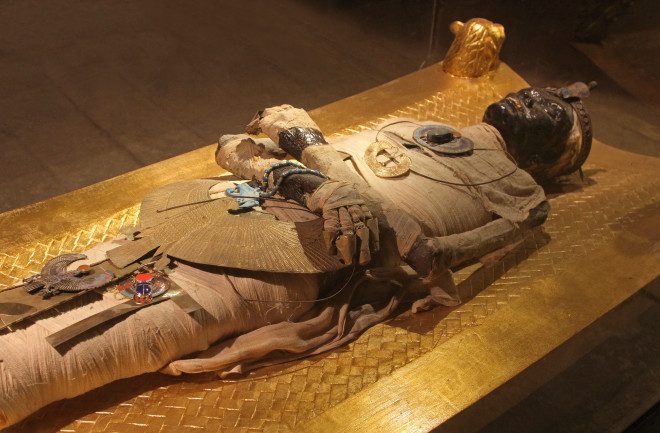
#9. The Hairstyles
People say that hair is the “crowning glory” of a person it is a metaphor as it is scientifically proven that appearance-wise, your hair makes your look different from time to time. But, in Africa hair is not only for personal appearance, it is a sacred symbol or a spiritual and cultural symbol to the African society.
Also, in Africa, it is said that your hair can also be a way to depict your status or your standing in life. With just the hair, you can distinguish the person and or where she/he is from.
Some of the African hairstyles:
- Afro
- Bantu knots
- Box braids
- Dreadlocks
- Cornrows
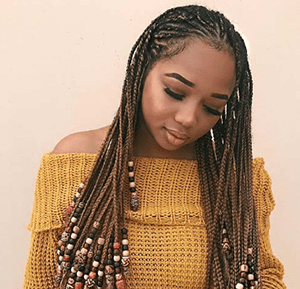
#10. Preserving Tribes
Africa is known to have almost 3,000 tribes on the whole continent. These tribes vary from country to country and are said to be passed down from generation to generation. The fact that Africa still has the tribe’s rich culture in their culture and society is beyond amazing. And the fact that it is thousand of tribes, means that the preservation and the giving of importance in their culture is really rich and amazing.
Some of the native tribes in Africa:
- Zulu tribe in South Africa
- Maasai tribe in Tazmania and Kenya
- Southern Ndebele tribe in South Africa
- Samburu tribe in Northern Kenya
- Himbain tribe in Northwest Namibia
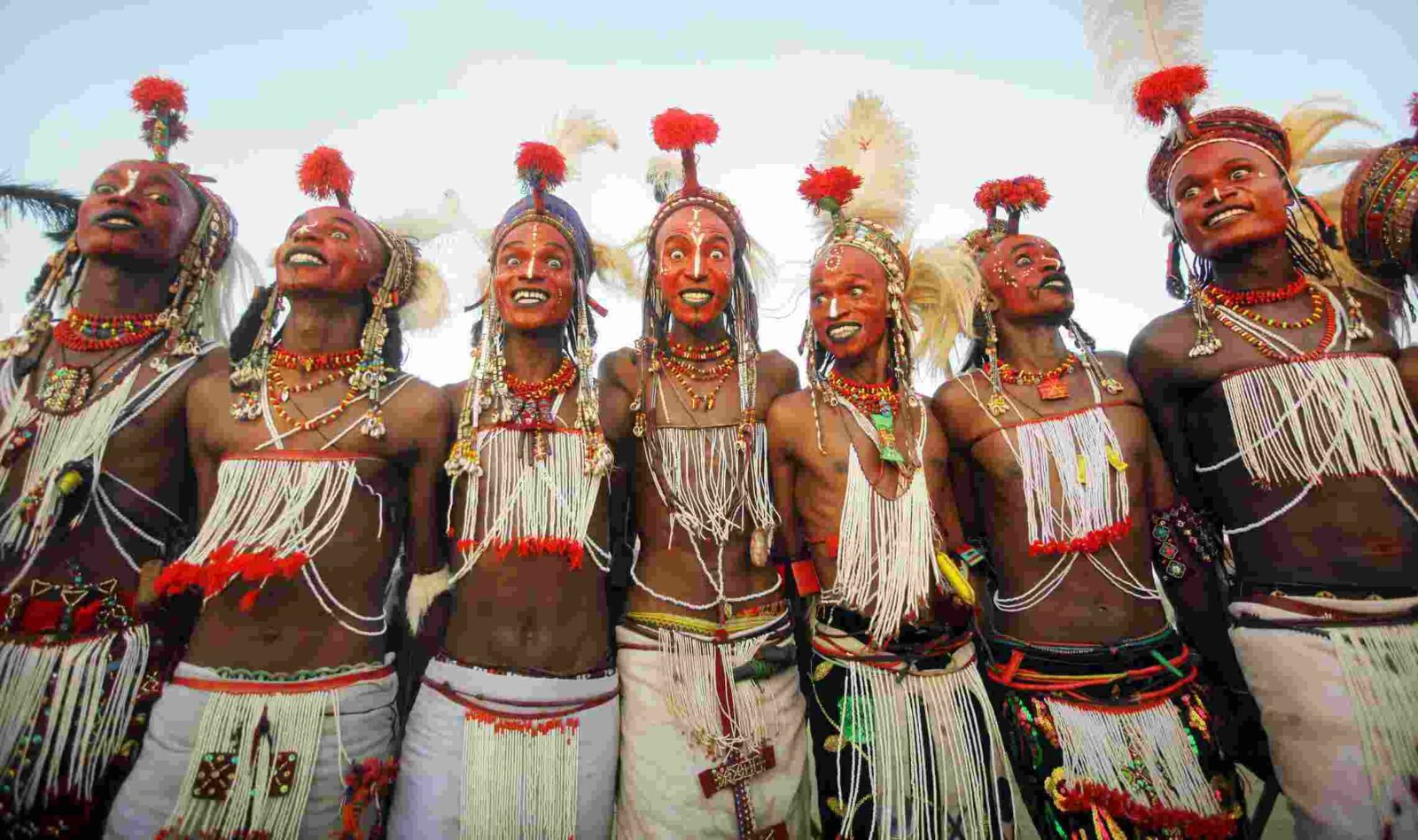
You May Also Like These
#11. The African Masks
Mask plays an important role in African culture. A mask is considered an instrument of rituals and other occasions in the African tradition and culture, but of course, all of this mask fiasco would be meaningless without it being accompanied by costumes, music, dances, and a very sacred place. Without those other elements, the mask would be completely meaningless. It is amazing how the crafts of African people integrate with their culture and have it given extreme importance rather of than just being a decoration or ornament.
Some of the traditional masks in Africa:
- Bobo-Fing Mask – From the far landlocked country in the West region of Africa called Burkina Faso, The Bobo-Fing mask is a type of facemask made of wood and is usually seen or used in traditional ceremonies in Burkina Faso. How is it built? Well as said earlier it is made out of wood but the characteristics of how it is carved are what separates it from the many different masks from Africa, this one has an elongated face, a more rounded forehead with very narrow eyes and mouth (usually almost a line). This mask is often seen as said in traditional ceremonies, ceremonies, or ritual that is related to the happenings in their agriculture and people who want to have babies but not only that; these masks are usually seen in funerals and other important events too. The mask is extremely valuable for it is considered a highly valued cultural artifact from Africa.
- Mwaash aMbooy Mask – A mask from the Kuba people. This mask represents a piece of cultural insight for the people of Kuba, the mask looks differ from design to design for this mask is a wooden mask that is highly decorated meaning a lot of this mask includes varying symbols, complex patterns, and designs that may have importance to the people’s or African culture. The Mwaash aMbooy mask may sound weird but others; they just simply call it the “King Mwaash mask” for it is believed that the mask has the power to make people from Africa be connected to those who had already passed or in the spirit world, the mask is also believed that it may bring prosperity and good fortune to those who have it in their touch; usually this mask is seen used in funerals.
- Edo Mask, Benin – The most famous mask from Africa the Edo Mask, wherever you go in the world this mask would be easily recognized as an expensive ivory mask that is created in the 16th century and the design is made to be equipped by the King named Esigie in its mother’s honor. The mask is once again made out of words with very natural carving closely resembling a human face, with expressive features usually accompanied by wide, large, or exaggerated eyes. Now, this mask is highly valued again, especially by the Edo People; for they consider this the prime of their identity and pride.
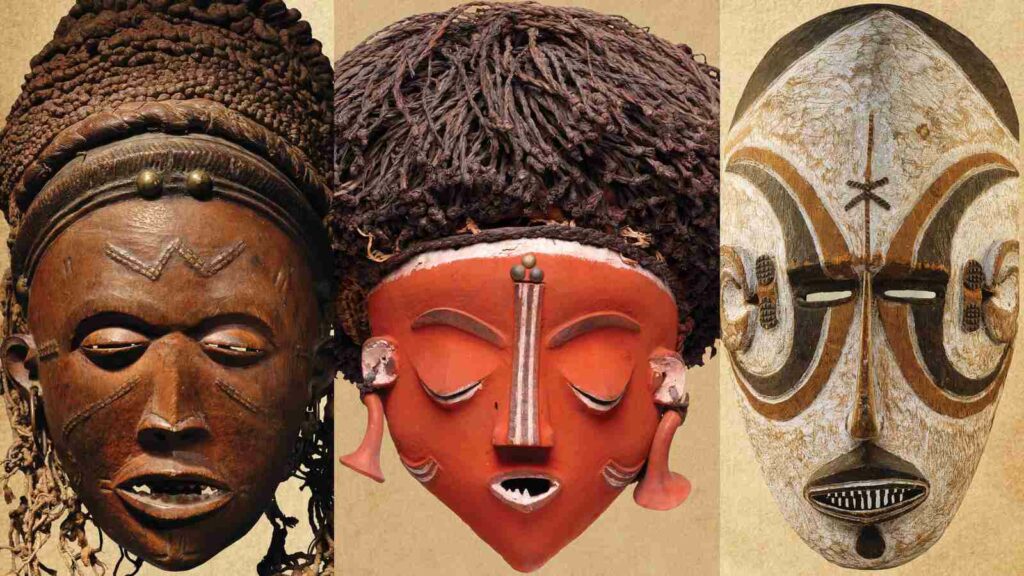
#12. Courtship Method
African courtship culture is really all about women. The custom is that men should show their utmost interest in the woman in the form of different love languages. Gift-giving is one of the love languages that men need to embody when courting a woman in Africa. To show their interest in their potential partner or life partner, the men need to bring gifts such as jewelry, gold, necklaces made of beads, or clothing. The gifts can also be not intended for the future partner only but can be for the entire family too, gifts such as livestock, food, beer, etc.
Also, courtship culture does not always have to be full of gifts, the men can also offer to help hand within the family of the woman or even help the woman itself to different things, this love language is called the act of service. By the end of the courtship, if the woman finally approves as well as the family, the men will receive gifts as a sign of being accepted in the family and into the woman’s life.
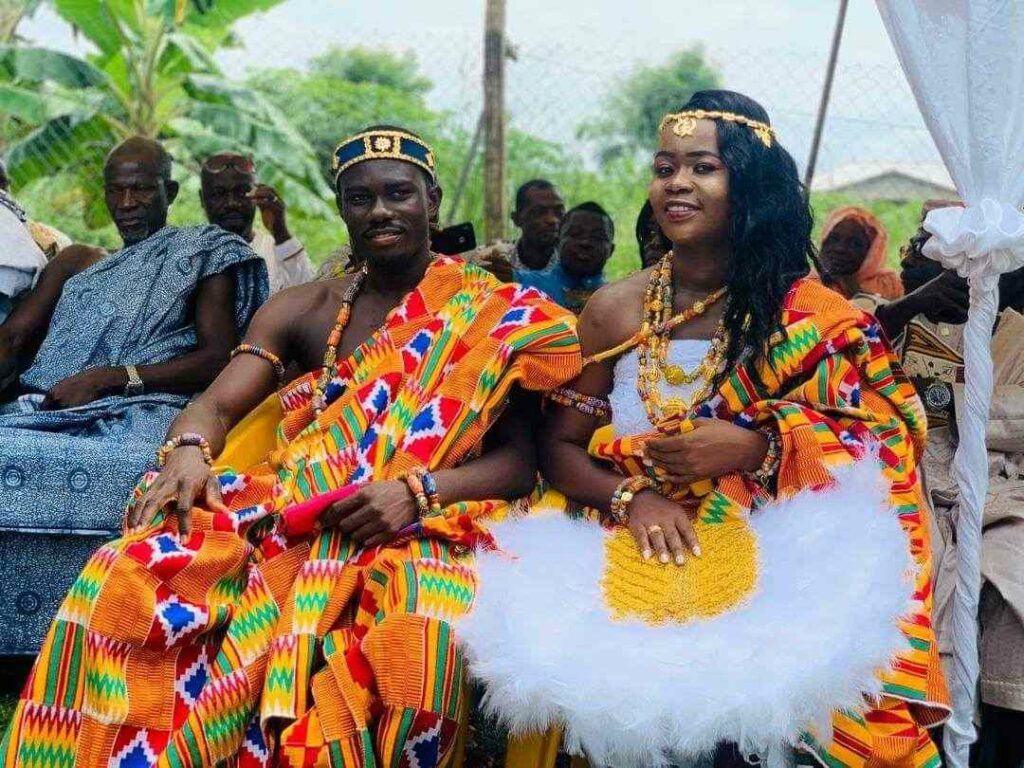
#13. Weddings
Many countries have this wedding culture wherein it is okay to wed two individuals together with just a witness to certify that the marriage is true and valid, well, not in Africa. African wedding culture is not just the union of two individuals but also a union of two families; the groom’s family, and the bride’s family.
Bride price may sound so ancient and old but it is still practiced and will always be part of any African wedding culture. Dowry in weddings may be ancient but in Africa, it has many meanings. This serves as a symbol that the groom will do everything for his wife and that he can provide well and will not let him and his wife’s family suffer. But, of course, traditional wedding culture in Africa differs from one another because there are a lot of tribes and traditions form one place to another.
Some wedding ceremonies in different parts of Africa:
- Poug PousSôm
- Ruracio
- Lobola
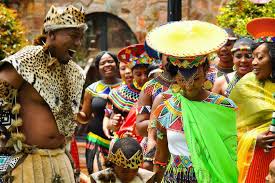
#14. Bull-jumping ceremony
In Southwestern Ethiopia, the Hamer tribe has a unique ceremony for boys. This ceremony is done so that the boy can transition into being called a man, a man ready to start a family, and a man who can now stand up for himself. The only thing between this transition from a boy to a man is a cattle or a bull. Literally! This is called the Bull-jumping ceremony of the Hamer tribe.
The Hamer tribe lives in Ethiopia, and for generations, they have p[preserved a lot of traditions that were done even in the past. The tribe is known to be pastoralists, and most of the livelihood there involves cattle, which is why this cultural tradition is embued with their identity.
The young boys in the Hamer tribe must go through a ritual passage that is always held between October and November—the Bull-jumping ceremony. This ceremony will transition the boy into a man that can now marry and start a family. The young boys need to conquer running up on 7 to 10 bulls back 4 times without falling down! This culture has been done for more than 3 centuries now and is still very much done up to this day.
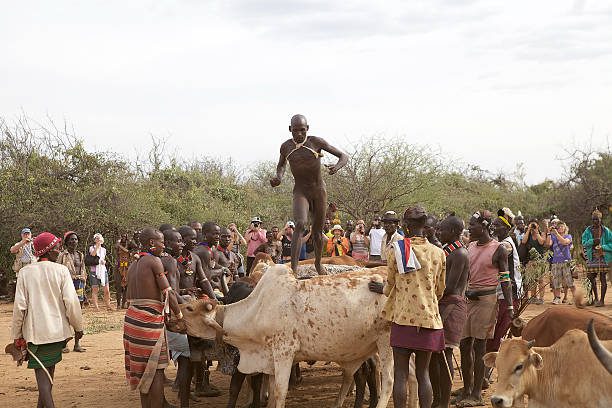
#15. Lip plates
The Mursi Tribe in Ethiopia is known to be one of those tribes who still wear traditional clothing up to this modern day. They live in the Omo Valley, an isolated part of Ethiopia, and are very much living in their own traditional way.
The Mursi women are known globally for their unique look. This look is the lip-plating tradition—a symbol of beauty and self-identity. The Mursi woman’s lips are cut (most of the time by their mother) when they reach 15-16 years old. The cut lips are held open by a sodden plug (the plate) until it heals, it is also up to the girls how far they want their lips to be stretched ( there are different sizes of plates or plugs used). This process is of course painful and takes up to several months. Wearing lip plates is a girl’s choice, meaning that they are not forced, not they will be forced to wear this. This body modification is a symbol of true beauty to this tribe and is still practiced today.
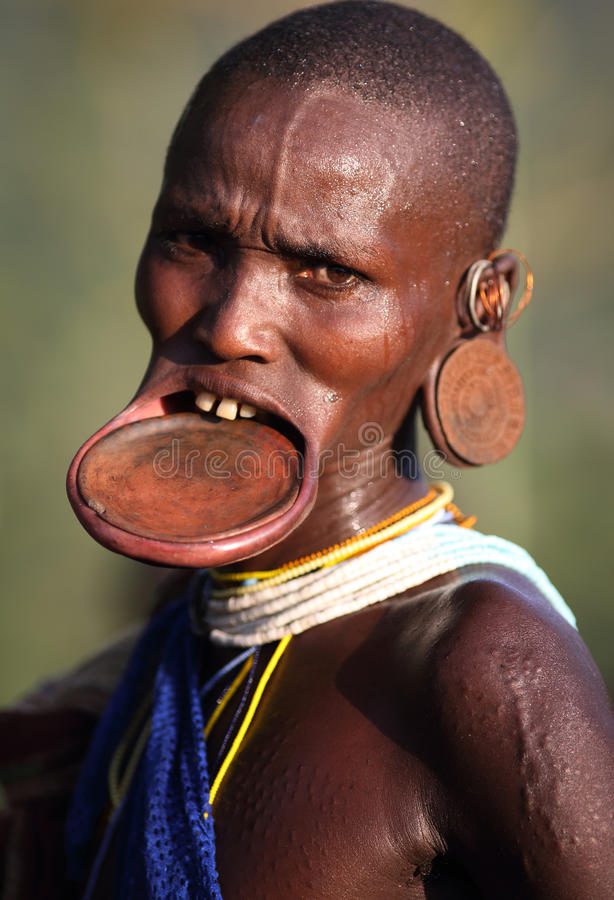
You May Also Like These







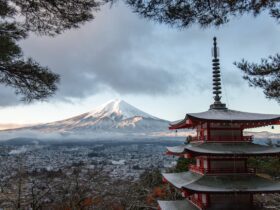

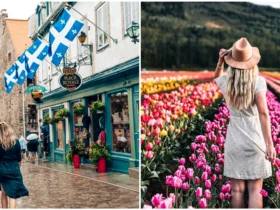




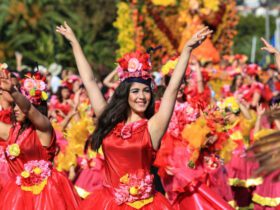



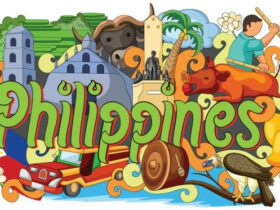

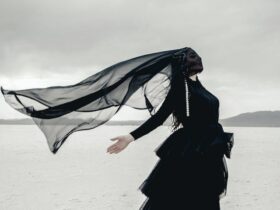
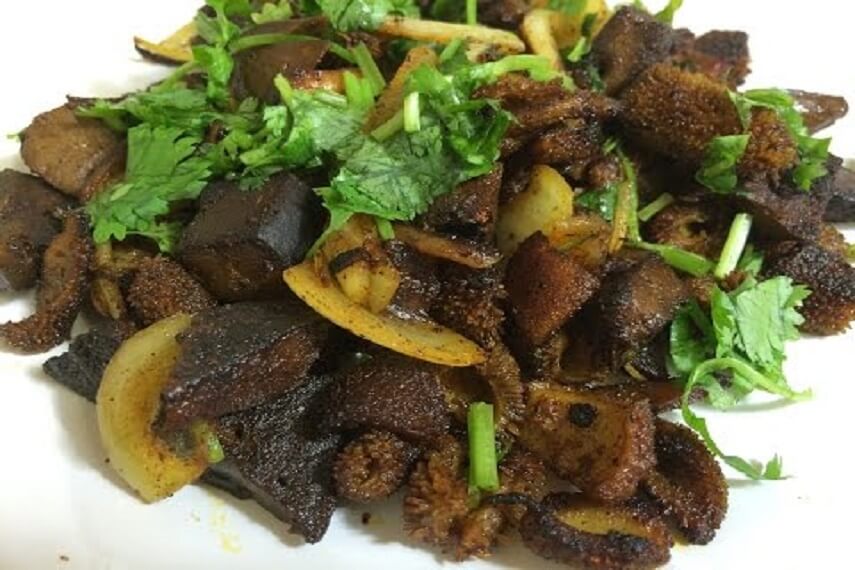
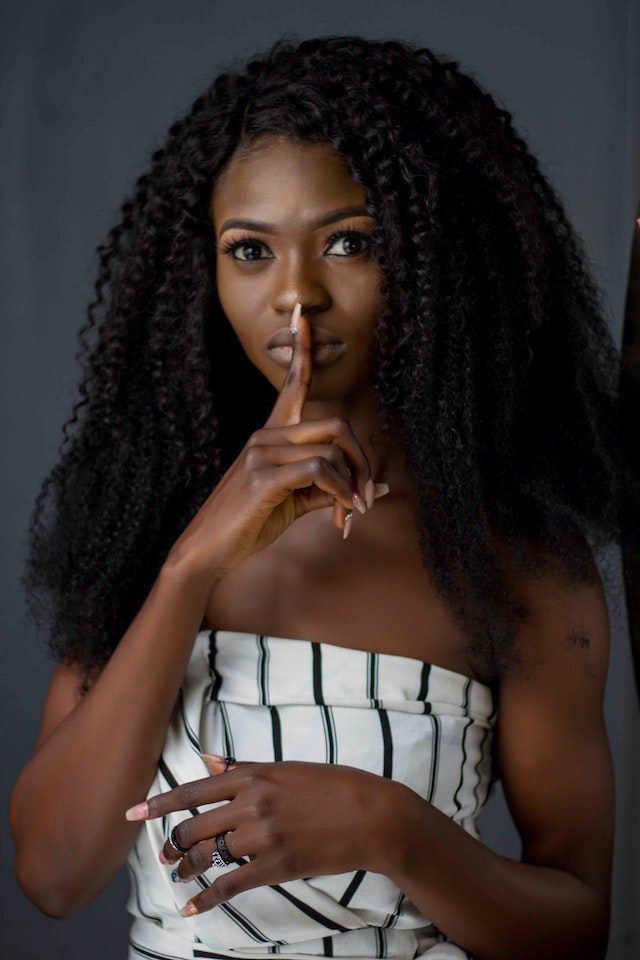
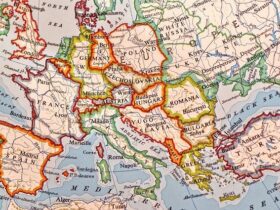
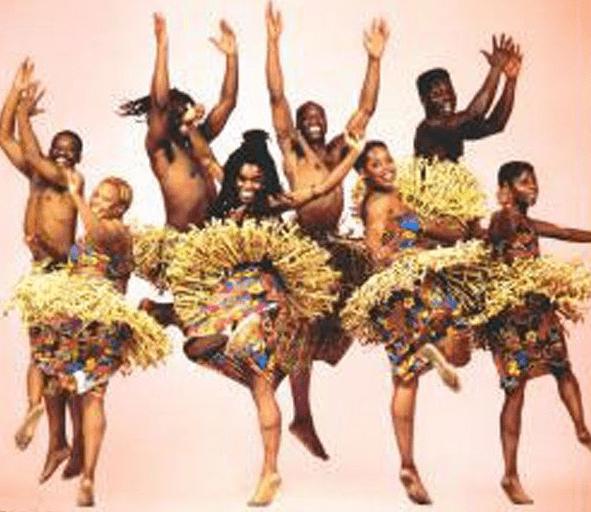


Leave a Reply
View Comments